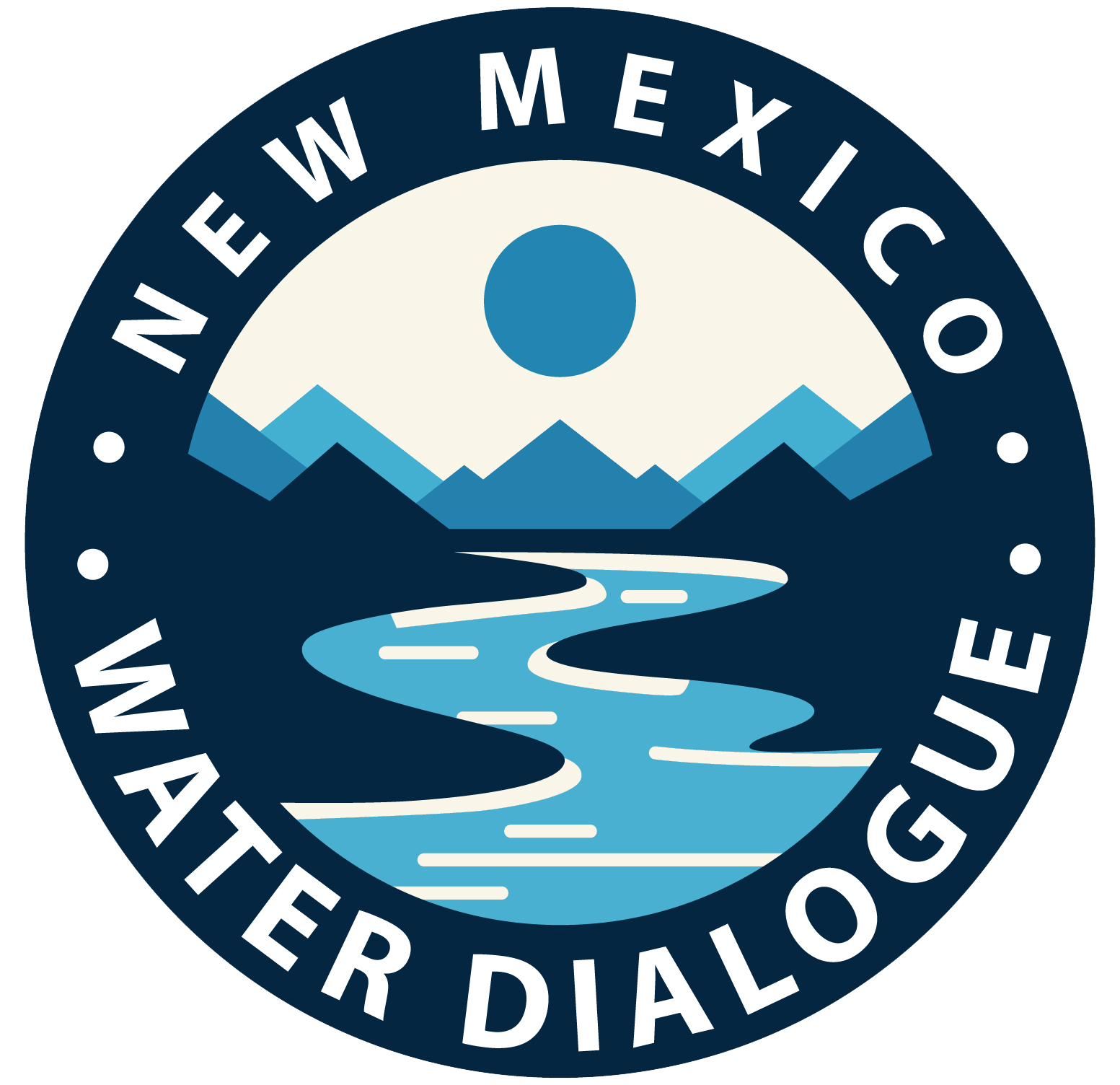Water’s future is not bright, dire warning issued. Aug. 13, 2013 Logan Hawkes
With so many disaster movies in recent years, it’s hard to spotlight the dire water straits the Southwest faces without it sounding a lot like a Roland Emmerich or James Cameron film.
But like the sinking of the “Titanic”, the end of the world in “2012” or the alien invasion of “Independence Day”, the serious and scientific predictability of a severe water shortage in the Colorado River basin may be devastating for seven U.S. states and even threatening to an international water treaty.
While the headline grabbing impact of an earth-shattering statement about a water shortage disaster seems to verge on being overly dramatic, the truth is, we can’t say we didn’t see it coming. Serious water shortages in the West and Southwest have been on the mind of just about every water stakeholder in the region for a number of years. Lake levels have been dropping, hydrologists have been screaming, and environmentalists have been sounding the alarm over climate change for at least the last 20 years.
Warning of shortages
But now, in spite of all the previous warnings, a new report expected this week from the federal government’s Bureau of Reclamation is expected to warn the current and serious water shortages of the region will cause a reduced release of water from Lake Powell next year for the first time in over 50 years. To be exact, the cut is expected to measure about 750,000 acre-feet of water that will not flow, for the first time, to the 25 million people who depend upon it.
It’s the kind of news that spurs disaster movie writers to action. Just look at who, and what, will feel the impact of a water release cut.
Water released from the Colorado River each year irrigates 4 million acres of farm land and services 40 million people in total. It is used for various purposes by residents and industry in Wyoming, Colorado, New Mexico, Utah, Nevada, Arizona and California. The release of 1.5 million acre-feet of water to Mexico by an international water treaty would be affected if more serious water shortages on the river should occur.
If you are enjoying reading this article, please check out Southwest Farm Press Daily and receive the latest news right to your inbox.
The anticipated cut in water released from Lake Powell next year represents nearly a 10 percent reduction in water that will flow to Nevada, Arizona, California and Mexico. Water released from the Lake is also used by 22 Native American tribes who depend on it, as do 11 national parks and seven wildlife refuges.
To better explain the seriousness of water shortages in the West and Southwest, it is important to note that Lake Powell above Glen Canyon Dam and Lake Mead above Hoover Dam are the two largest water reservoirs in the nation. Because of the long-reaching drought combined with an extreme reduction in melted snowpack in recent years, the two lakes are currently less than half full. Reports indicate that inflows into the lakes are at historic low levels as well, and the forecast, so to speak, calls for more of the same — less water.
As the water crisis expands in the foreseeable future and to further complicate the problem of less water for use by cities, farms and industry downstream, another type of potential disaster looms. A hydroelectric plant at Glen Canyon Dam produces enough juice to serve an estimated 1.3 million people. Revenue from the sale of that electricity fuels the operation of the Colorado River Storage Project. It also provides funds in support of a number of environmental restoration projects in the basin.
Shortages of power
But water officials are warning that as the levels of the lakes and river continue to drop, the threat to hydroelectric production rises. While no one is predicting a failure of the facility to continue operating, many are expressing concern that it is becoming a real possibility.
To make matters worse, recent studies indicate demand for water will continue to rise while the amount of available water is likely to diminish, furthering the prospects for an environmental and social disaster. For the Southwest, water shortages in the Rio Grande basin and along the Pecos River in eastern New Mexico and the dry western reaches of Texas further complicate water problems in the region and add to the possibility of an unprecedented water shortage all across the Southwest.
When the Bureau of Reclamation report comes out this week, many are predicting it will include a shortage declaration, a clear sign the problem has elevated beyond a simple possibility to one that poses a serious threat to life in the West and Southwest.
For those that believe climate change is little more than political saber rattling, perhaps it is time to listen to the warning of Anne Castle, assistant secretary for water and science in the Department of Interior, who recently said the current circumstances on the Colorado River are “unprecedented.” She warns the last few years represent the driest period for the Colorado River since records have been kept.
Climate change or not, the potential for disaster is very real.
